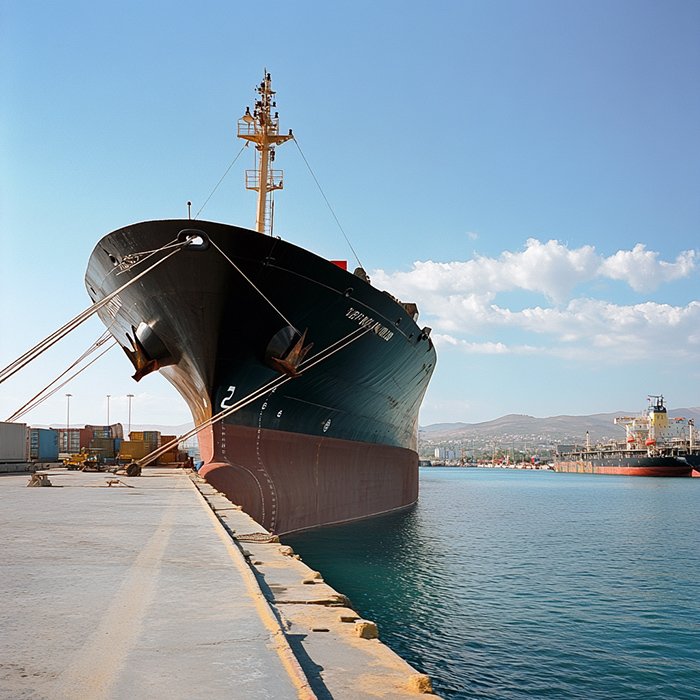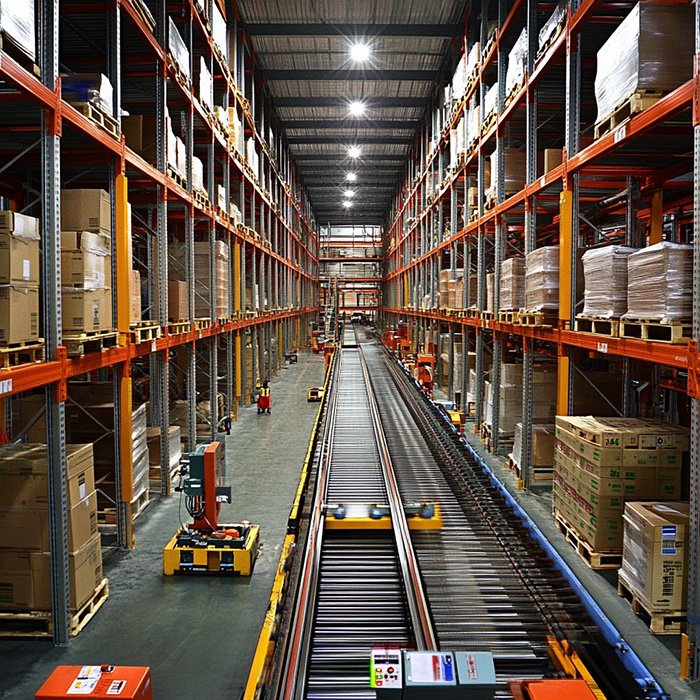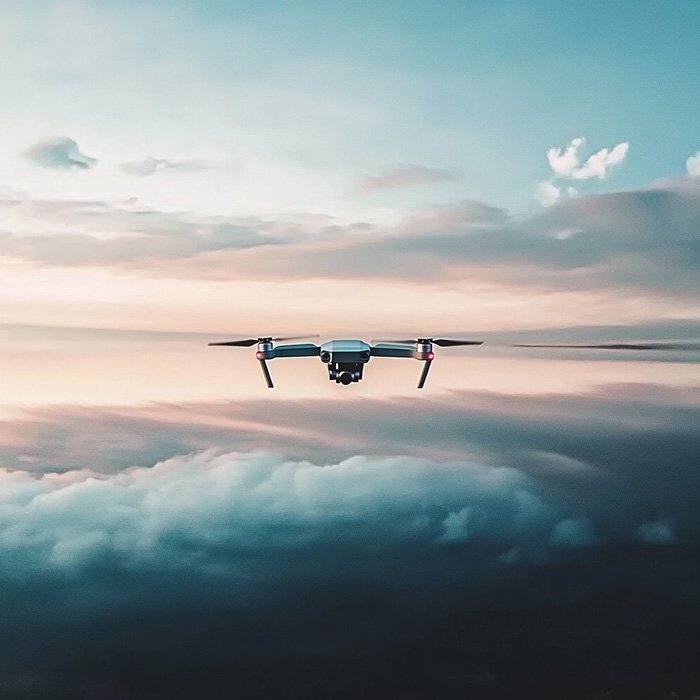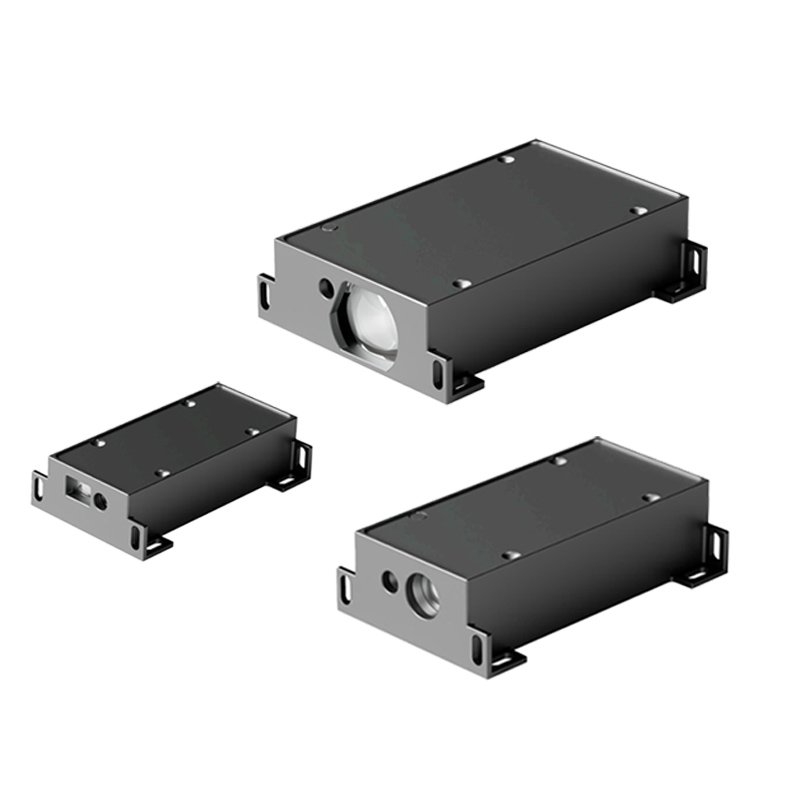Sensor láser de alcance TOF en sistemas de atraque portuario
El sensor láser de distancia TOF (tiempo de vuelo) de los sistemas de atraque portuario desempeña un papel fundamental para garantizar el atraque seguro y eficaz de los buques en puertos con mucho tráfico. Al proporcionar mediciones de distancia muy precisas y en tiempo real, estos sensores mejoran la precisión y fiabilidad de las operaciones de atraque, permitiendo procesos de atraque más fluidos, seguros y rápidos. En esta aplicación, los sensores láser de distancia TOF son indispensables para gestionar la compleja dinámica de los grandes buques cuando se aproximan al muelle.

1. Medición precisa de distancias para el posicionamiento de buques
En los sistemas de atraque portuario, el sensor de alcance láser TOF de los sistemas de atraque portuario se utiliza para medir la distancia exacta entre el buque y el muelle. Estos datos son vitales para controlar la aproximación del buque y garantizar una alineación precisa para el atraque. La precisión milimétrica de estos sensores permite a los operadores portuarios ajustar la velocidad y la posición del buque con gran precisión, minimizando el riesgo de colisión o daños tanto al buque como a la infraestructura portuaria.
2. Supervisión en tiempo real para un acoplamiento seguro
El sensor láser de alcance TOF de los sistemas de atraque portuario ofrece un seguimiento continuo de la distancia en tiempo real durante todo el proceso de atraque. Estos sensores supervisan las posiciones relativas de los buques y las estructuras de atraque, proporcionando información crítica a los operarios. Los sensores pueden detectar incluso las más mínimas desviaciones en la posición, lo que permite una intervención y ajuste tempranos. Gracias a este seguimiento en tiempo real, los buques pueden atracar de forma segura y fluida, evitando obstáculos, garantizando una alineación correcta y previniendo accidentes.
3. Asistencia automatizada al atraque
Para los puertos que utilizan sistemas automatizados, el sensor de alcance láser TOF en los sistemas de atraque portuario es esencial para garantizar el correcto funcionamiento de los sistemas de atraque automatizados. Estos sensores pueden proporcionar datos precisos a los sistemas de control, permitiendo que los sistemas automatizados controlen la aproximación y el atraque del buque. El atraque automatizado es cada vez más popular, ya que reduce los errores humanos, aumenta la eficacia operativa y mejora la seguridad. Los sensores TOF, con sus mediciones de alta precisión, son fundamentales para la automatización de las operaciones portuarias, garantizando que los buques atraquen con una intervención mínima.
4. Control de los factores medioambientales
El sensor láser de alcance TOF de los sistemas de atraque portuario también es eficaz para controlar los factores ambientales que afectan al proceso de atraque. Por ejemplo, los sensores pueden ayudar a medir en tiempo real la distancia entre el buque y los objetos cercanos, incluidos otros buques u obstáculos. Esta capacidad es crucial cuando se producen cambios en la marea, vientos fuertes o variaciones en el nivel del agua. Al proporcionar datos precisos incluso en condiciones difíciles, los sensores TOF permiten a los operadores tomar decisiones informadas y ajustar los planes de atraque según sea necesario.
5. Prevención de colisiones y daños
El sensor láser de distancia TOF de los sistemas de atraque portuario ayuda a evitar colisiones entre buques e infraestructuras portuarias. Al proporcionar mediciones precisas de la distancia, estos sensores ayudan a los operadores a ajustar la velocidad y la dirección del buque para evitar el contacto con el muelle o con otros buques. Además, la capacidad de los sensores para detectar posibles obstáculos en el agua o alrededor del muelle proporciona una capa adicional de seguridad, garantizando que el buque pueda atracar sin incidentes.
6. Mejora de la logística y la eficiencia portuarias
El sensor láser de alcance TOF de los sistemas de atraque portuario también contribuye a la logística portuaria y a la eficacia operativa. Al garantizar un posicionamiento preciso de los buques y reducir el tiempo de atraque, estos sensores ayudan a optimizar toda la operación portuaria, permitiendo atracar más buques en un periodo más corto. Este aumento del rendimiento mejora la productividad general del puerto, haciendo que el atraque sea más eficiente y ayudando a satisfacer las crecientes demandas del transporte marítimo mundial.
Principales características del producto
- Precisión milimétrica: Los sensores de distancia láser TOF ofrecen mediciones de distancia precisas con una exactitud milimétrica, lo que garantiza el atraque seguro y exacto de los buques.
- Control en tiempo real: Estos sensores proporcionan información continua y en tiempo real sobre la posición del buque en relación con el muelle, lo que permite realizar ajustes inmediatos en caso necesario.
- Amplio rango de medición: Los sensores TOF pueden medir grandes distancias, lo que los hace adecuados para diversos escenarios de atraque, incluidos buques de distintos tamaños y distancias del muelle.
- Diseño robusto: Construidos para soportar las duras condiciones marítimas, los sensores láser de alcance TOF son duraderos, resistentes al agua y capaces de funcionar en condiciones meteorológicas y ambientales difíciles.
- Respuesta de alta velocidad: Sensores láser de alcance TOF ofrecen tiempos de respuesta rápidos, proporcionando actualizaciones rápidas a los sistemas de control portuario y garantizando una comunicación fluida y en tiempo real durante las operaciones de atraque.
- Mayor seguridad y eficacia: Al reducir el riesgo de error humano y mejorar la alineación de los buques, estos sensores aumentan la seguridad y la eficacia, aceleran el proceso de atraque y reducen los costes operativos.
Conclusión
Sensor láser de alcance TOF en sistemas de atraque portuario ofrece una solución inestimable para mejorar la seguridad, la precisión y la eficacia en el complejo proceso de atraque de buques en los puertos. Gracias a su capacidad para medir distancias con precisión milimétrica y operar en entornos marítimos difíciles, los sensores láser de alcance TOF mejoran los sistemas de atraque automatizados, la supervisión en tiempo real y la prevención de colisiones. Al integrar estos sensores en las operaciones portuarias, los puertos pueden optimizar la logística, garantizar un atraque seguro y, en última instancia, mejorar la velocidad y la eficacia de las operaciones de transporte marítimo mundial.






